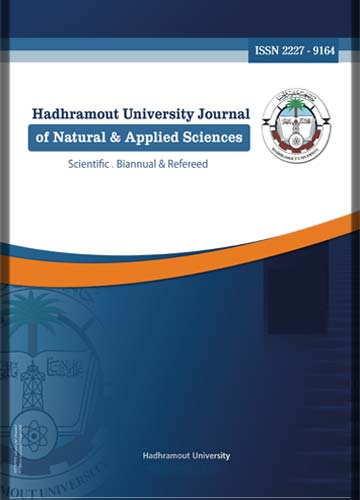Evaluation of Biofloc Technology Effects on White Leg Shrimp, Litopenaeus vannamei Growth Performance and Water Quality of Super-intensive Culture Ponds
Keywords:
Super-intensive, Biofloc, Litopenaeus vannamei, Growth Performance, Water QualityAbstract
Six grow-out ponds were designed with an area of 0.3 ha per pond. Each pond was stocked by
500 individual/m2 of Litopenaeus vannamei with an average weight of 0.26 g. Three ponds were used for
biofloc technology (BFT) and other three were used for water exchange system (control). Waters of BFT
were filtered, aerated, and fertilized by organic and inorganic materials to create blooms of microbial
community, while the control waters were stocked without any fertilizers. In a period of over 140 days
(20 weeks), the effects of BFT were evaluated on L. vannamei growth performance as well as water quality
parameters. All physicochemical parameters, shrimp growth parameters, survival, and feed conversion
ratio (FCR) were measured. Results showed significant differences (p < 0.05) in physicochemical
parameters, shrimp growth parameters, FCR, and final production were observed between biofloc and
control. The best increase (p<0.05) in average final weight (17.7400±0.2389 g), FCR (1.8060±0.0968%)
and average final production (13920±516.68 kg/pond) in biofloc ponds compared to average final weight
(15.0900±0.3952 g), average feed conversion ratio (2.4033±0.4612%) and average final production
(11217±605.29 kg/pond) were recorded in control ponds. L. vannamei that reared in biofloc technology,
showed better results for super-intensive culture with positive effects on water quality.




